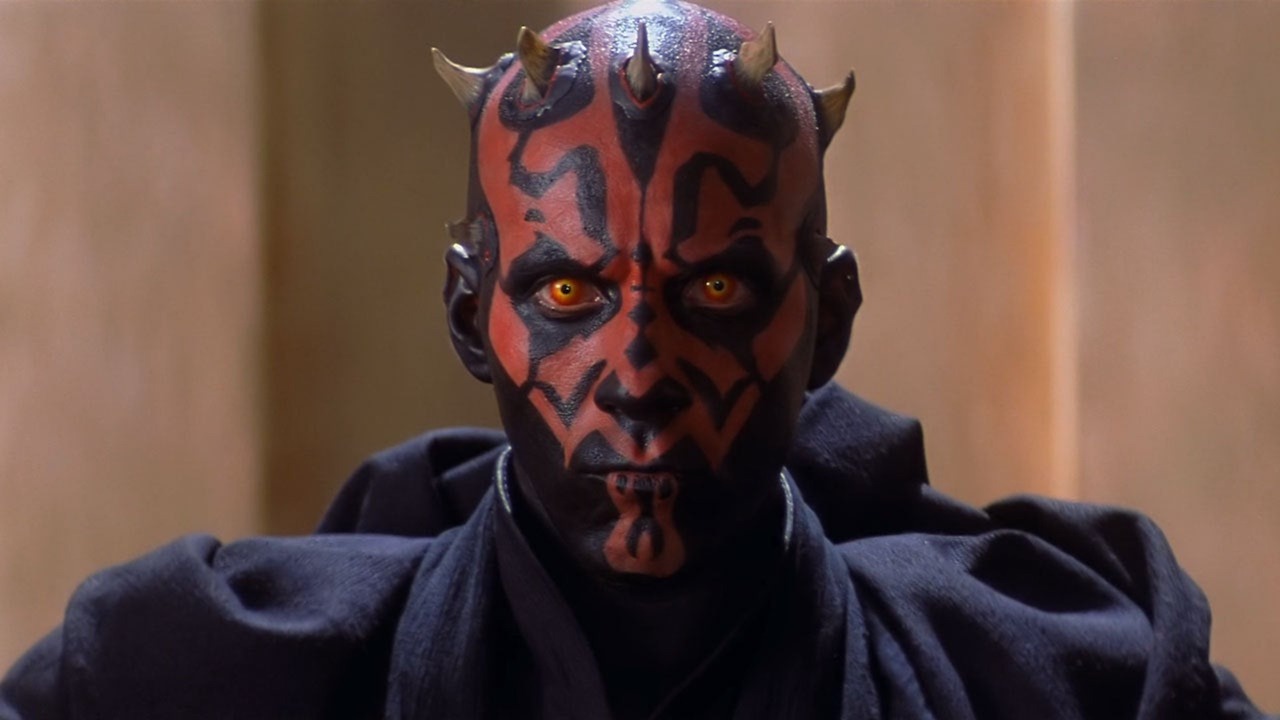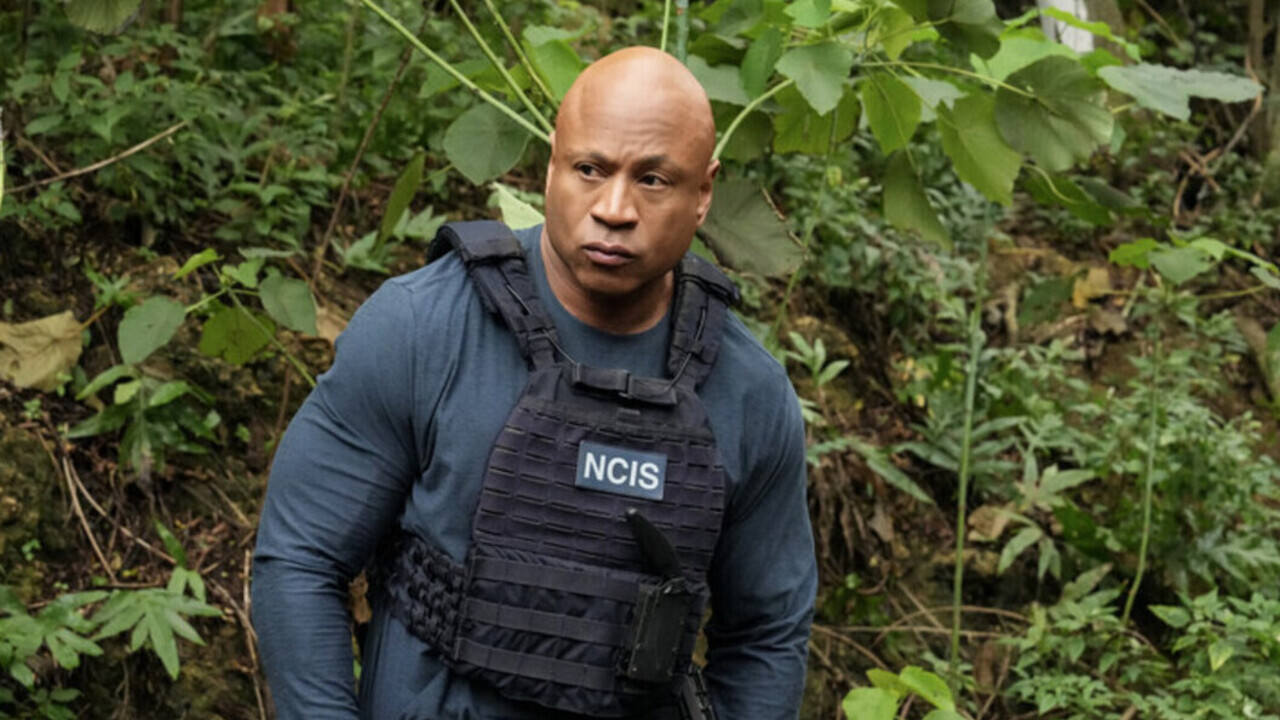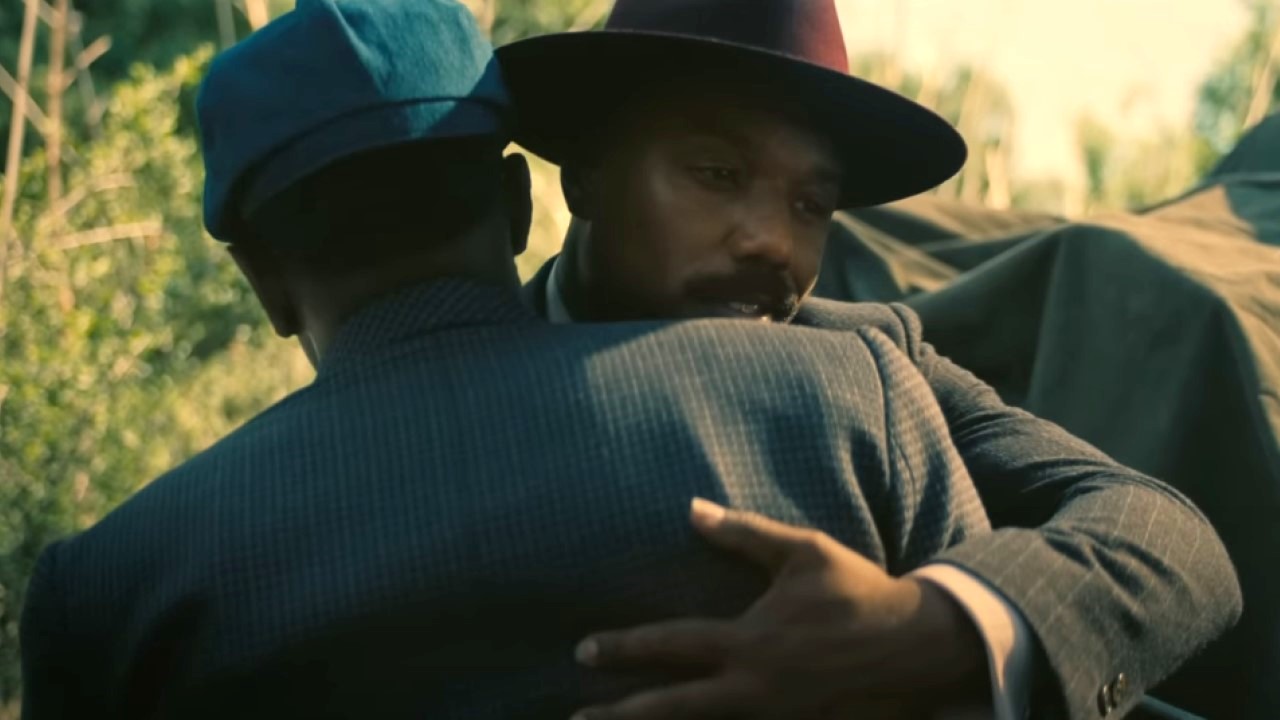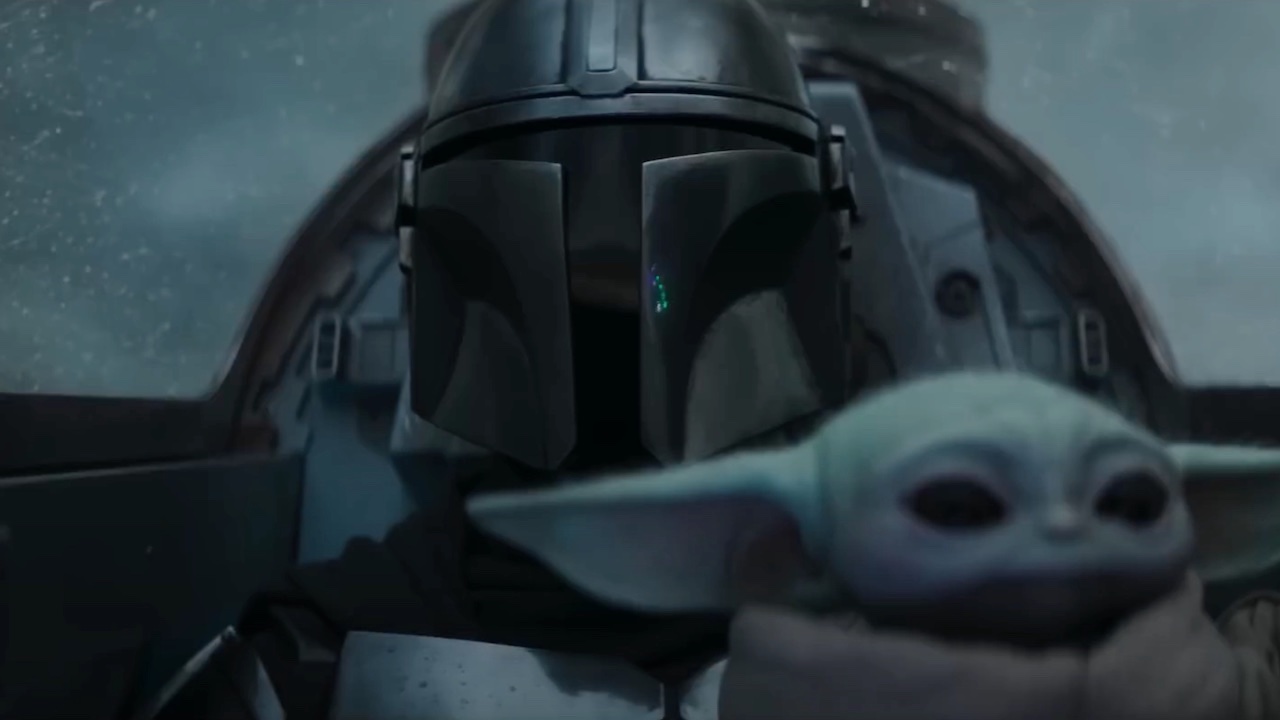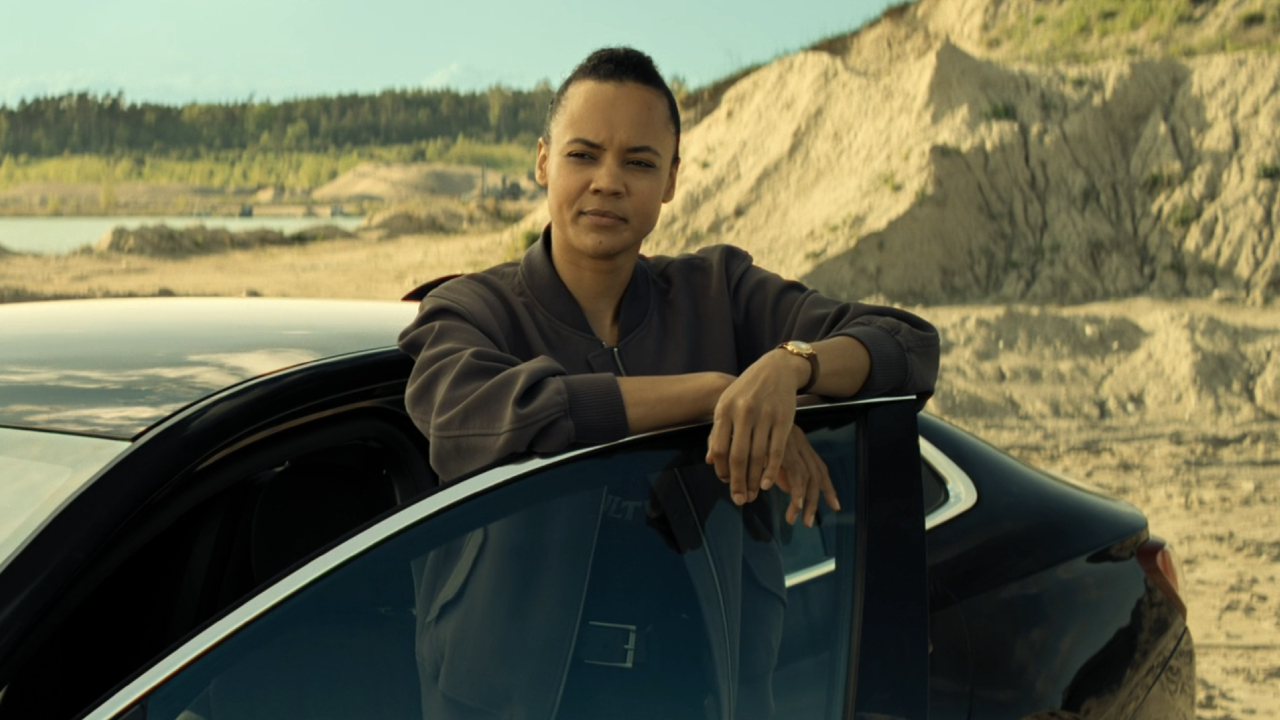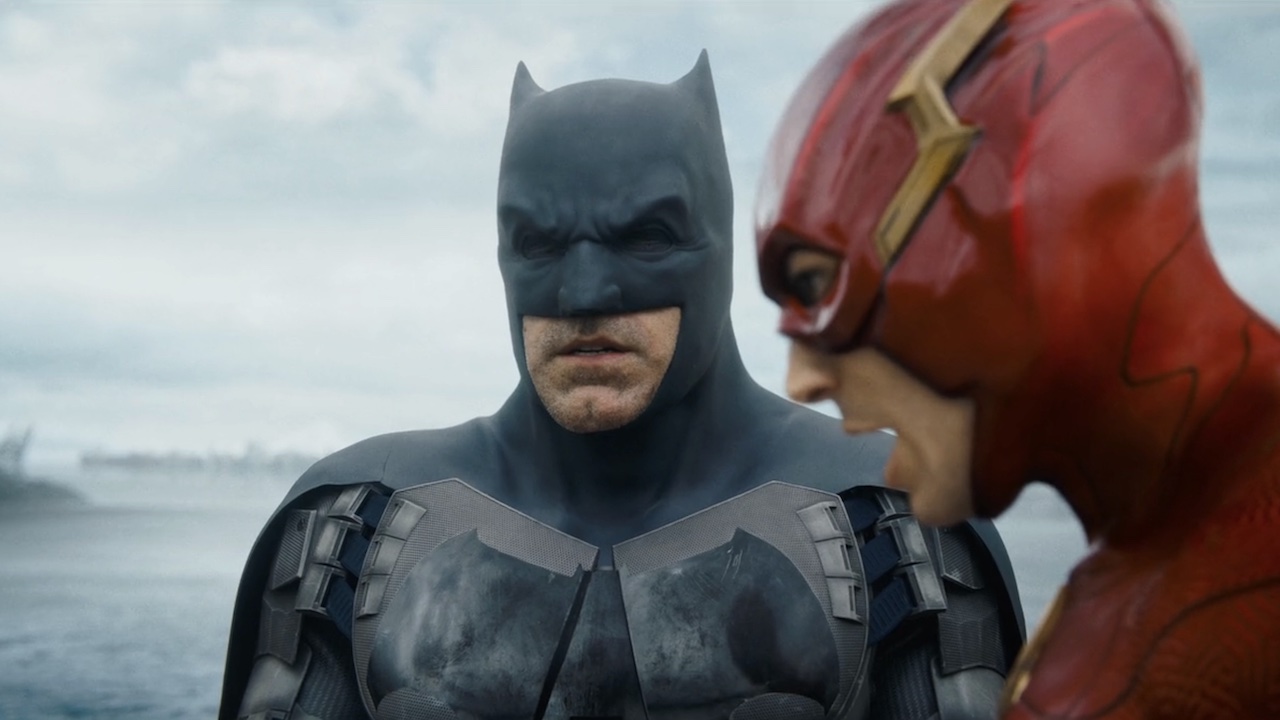To 3D Or Not To 3D: Buy The Right War For The Planet Of The Apes Ticket
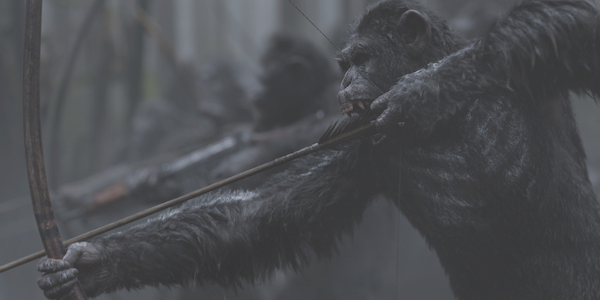
Every summer has its fair share of blockbusters, but 2017 has some of the heaviest hitters stepping up to the plate. This weekend is no exception, as Matt Reeves' War for the Planet of the Apes is about to debut to the public in its wide release. And while most are preoccupied with whether Caesar will make it out alive, or who will fall along the way to simian supremacy, there's an important question we need to answer: to 3D, or not to 3D?
That's right, War for the Planet of the Apes is out for your 3D money, and we're here to help you decide if it's worth the extra scratch, or if you're better off buying zoo tickets instead. Those of you looking for our review on the film itself can read our thoughts over here. But right now, we're about to dry our eyes and take a hard look back at the results of our 3D showing of War for the Planet of the Apes.
There's two big components to every Planet of the Apes film in the Caesar trilogy: deep, emotional drama, and sweeping action scenes of epic scope. This last film in Matt Reeves' natural trilogy pulls from both of those columns, and both are pretty spectacular in the 3D realm. I wouldn't go as far as to say that you need a 3D showing of War for the Planet of the Apes, but oh man does it work so well.
War for the Planet of the Apes was shot on 65mm film, so as to give the film a grand field of vision, as well as the look of an older film. Which means that unlike its predecessor, Dawn of the Planet of the Apes, this film was a post-conversion effort, carried out by the folks at Stereo-D. While the film wasn't shot natively, the choice to go post-conversion was a conscious one, so that counts for something. That said, the results are quite spectacular, as this is another example of conscious post-conversion done right.
Going back to the "personal drama vs. action" debate, the aspect of what pokes out of the screen at you seems like it would favor the action end over the personal factor. This is absolutely not true, and War for the Planet of the Apes proves this. Close up moments with Caesar are exceedingly well drawn, with facial features getting some added dimension. Though the film is, obviously, most impressive during battle sequences, where everything from spears to tracer bullets pop out to the eye. Also, this film has some really impressive, practical explosions, and they're truly a 3D delight.
Much like the objects popping out of the screen, the depth to a 3D film can be pretty impressive if a film allows itself to be. The folks behind War for the Planet of the Apes understand this, and pull out all the stops on some crucial aspects to the film's various scenes. In particular, the most impressive usage of field of depth is a handful of scenes that involve a series of underground tunnels. Thanks to the conversion work done on the film, those tunnels exhibit a wide range of depth that 2D wouldn't be able to capture. Also, as mentioned before, the facial features are rendered so well, you can practically feel every wrinkle in Caesar's aged face.
War for the Planet of the Apes is a pretty dark movie in its standard, 2D form. The visuals are based in a lot of darkened corners of Caesar's universe, with some night scenes mixed in for good measure. So when it came to the 3D presentation of the film, the results were surprisingly better than expected. There's still a little dimness when you put your glasses on, but the film maintains a pretty clear picture through and through. Please note, your mileage may vary, as some theaters may not properly calibrate their projectors between 2D and 3D showings of various films.
CINEMABLEND NEWSLETTER
Your Daily Blend of Entertainment News
Taking your glasses off at any point during a 3D movie will amount to a screen of very blurry images. At least, that's what you should be seeing if the movie you're watching is a 3D conversion of any worth. In the case of War for the Planet of the Apes, the 3D is pretty damned blurry when you watch without your glasses. There are a smattering of moments that have more of a 2D quality to their images, but even then there's a good amount of background blur to pick up the slack.
There's literally one moment that wonked my eyes out in War for the Planet of the Apes, and it's right at the beginning of the film. With the transition from title cards to actual motion only slightly tripping up the film's 3D visuals, the eyes adjust rather quickly to what's in front of them. Just in time for the first battle, your able to watch what turns out to be a smooth 3D presentation, with no hiccups or trip ups. Considering the darker quality of the picture, and rapid motion on display in some scenes, your eyes are not going to strain or tire in any unusual ways while watching this movie.
Much like War for the Planet of the Apes is the fantastic conclusion of a well earned trilogy, the film's 3D conversion is a testament to the attention to detail that has gone into bringing Matt Reeves' vision to the screen. While it's not exactly essential, we cannot recommend a 3D screening highly enough for folks who love some extra visual panache in their storytelling. Or, as Caesar might put it: "3D conversion, strong."
Head over here for a complete rundown of previous To 3D or Not To 3D reviews.

Mike Reyes is the Senior Movie Contributor at CinemaBlend, though that title’s more of a guideline really. Passionate about entertainment since grade school, the movies have always held a special place in his life, which explains his current occupation. Mike graduated from Drew University with a Bachelor’s Degree in Political Science, but swore off of running for public office a long time ago. Mike's expertise ranges from James Bond to everything Alita, making for a brilliantly eclectic resume. He fights for the user.
